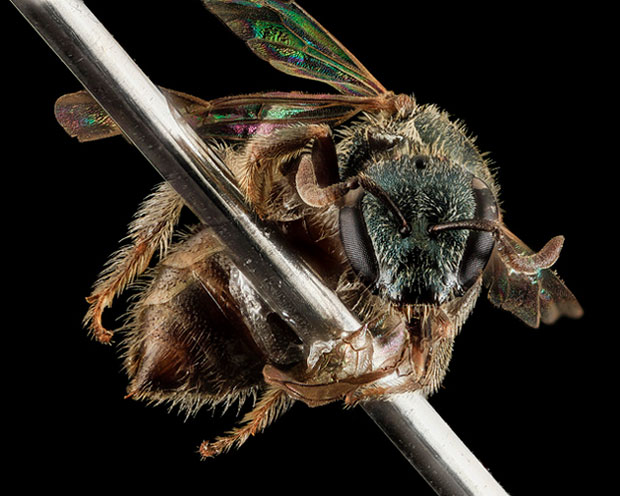A multipark approach to evaluating bee communities in habitats vulnerable to effect from climate change

Sam Droege/Wayne Boo
With close to 4 thousand native bee species known in North America (and more that we have not even discovered yet!), it is hard to imagine that some of our busy, buzzing bees might be at risk of disappearing altogether.
One of the reasons for this is climate change, also known as global warming. It has the potential to cause big changes for the bees, which could cause big changes for us, too. Many flowers depend on these pollinating insects to flourish and reproduce. That’s why a dedicated team of scientists from the National Park Service, United States Geological Survey, and Harvard University decided to work together with 46 national parks across the continent to see what kinds of bees live in habitats that might be vulnerable to the effects from climate change.
While comparing bee communities in threatened habitats like alpine meadows and beach dunes with bees in more common habitats, the team collected more than 43 thousand bees! They did this by tricking the bees into thinking a brightly colored bowl of soapy water was a flower, so when the bees went to drink its nectar, they fell in and got stuck. Honey bees, tiny bees and even purple and green sweat bees were found all over in the national parks. The project also increased awareness among staff and visitors about bee diversity in each park, and the potential risks of climate change and other environmental threats to park pollinators.
Last updated: May 28, 2015
